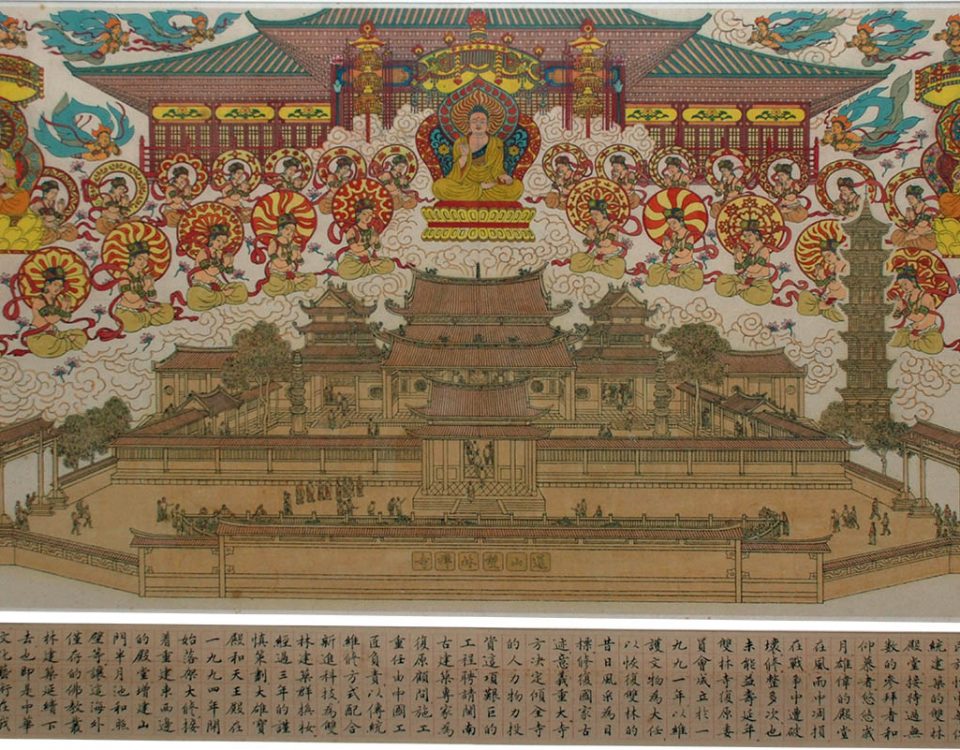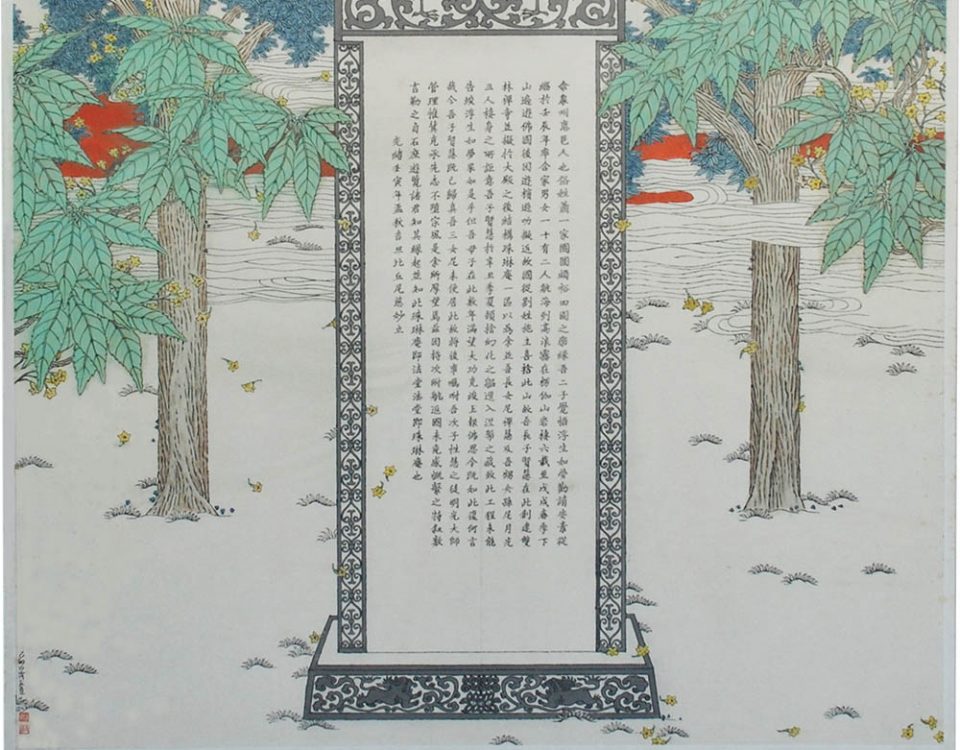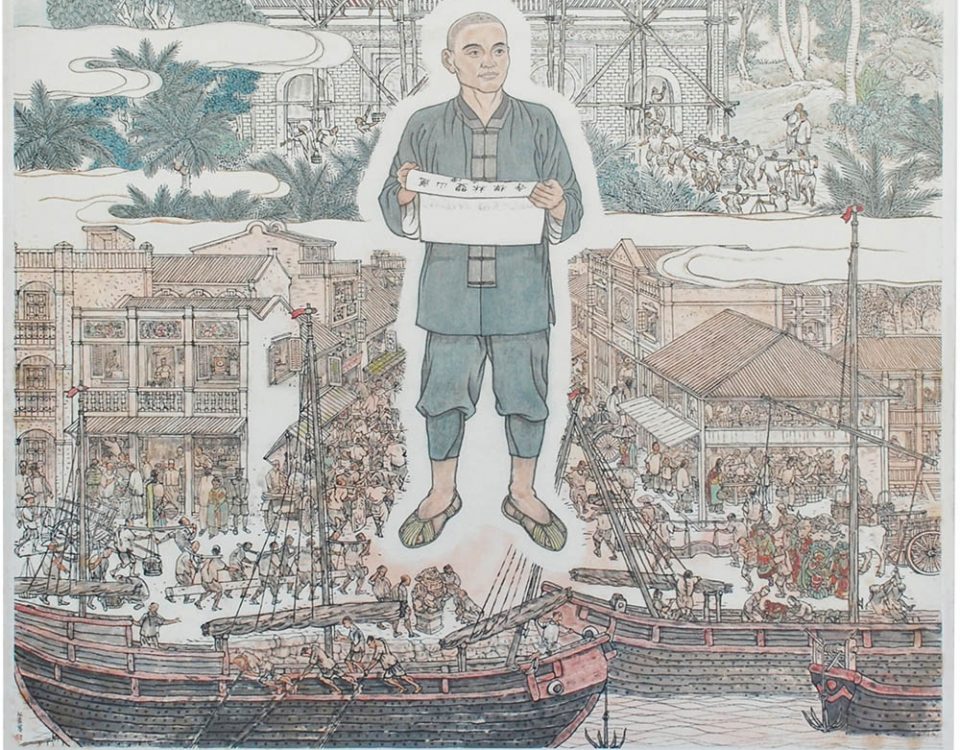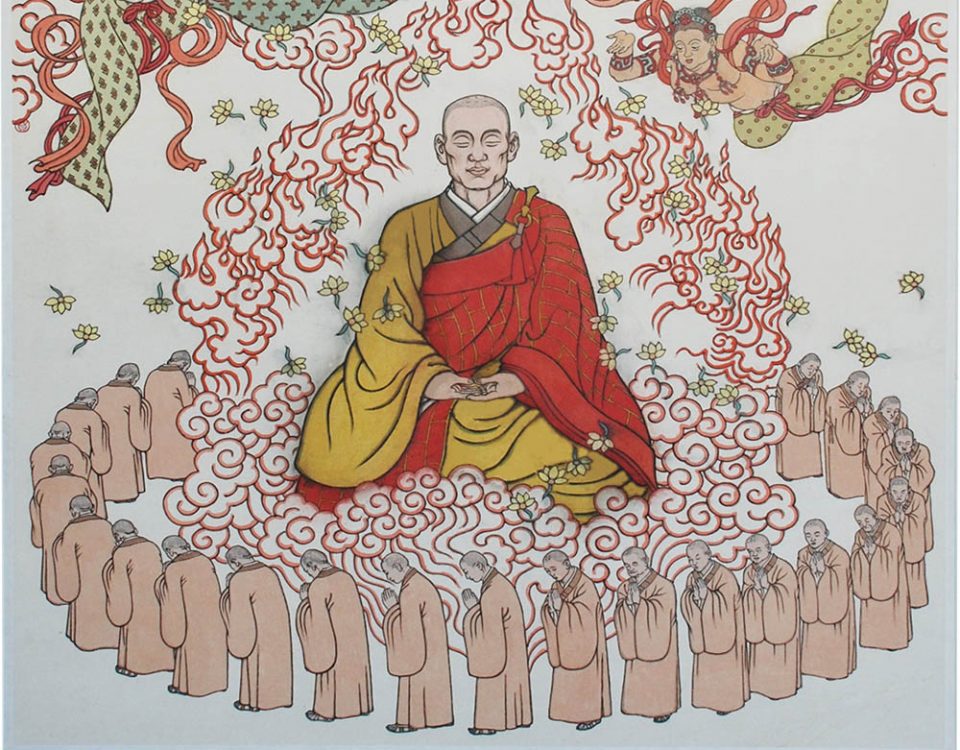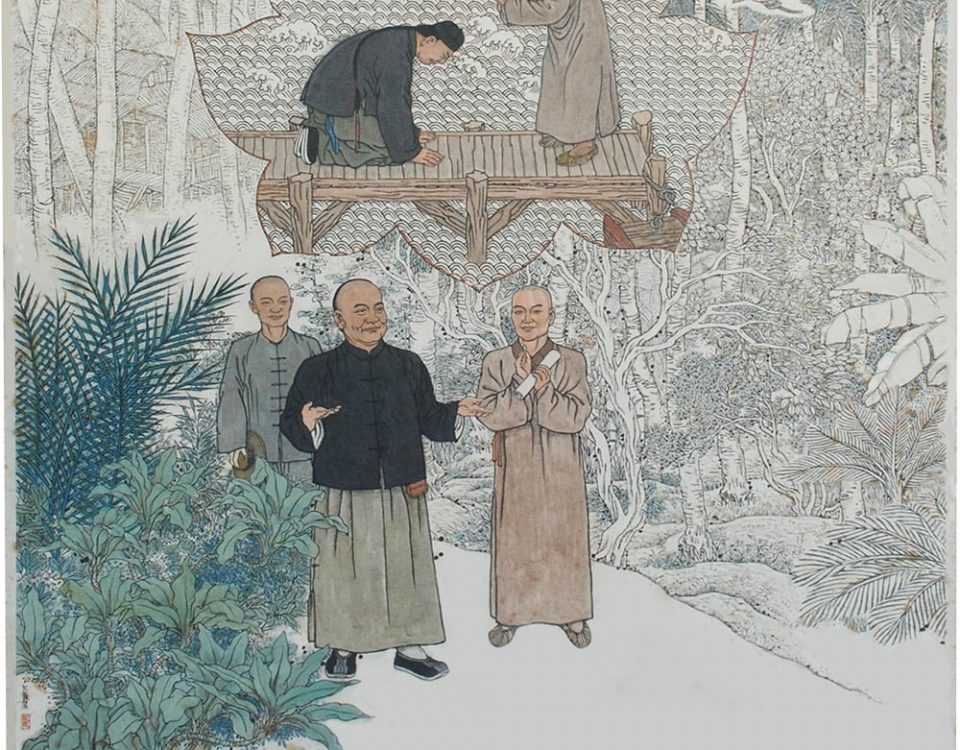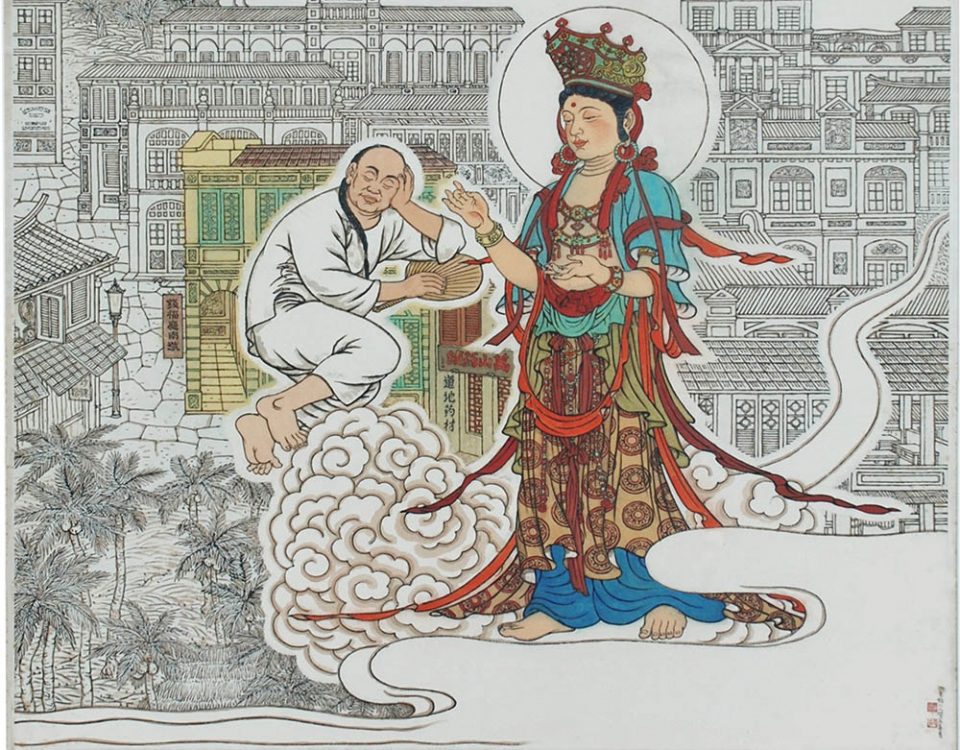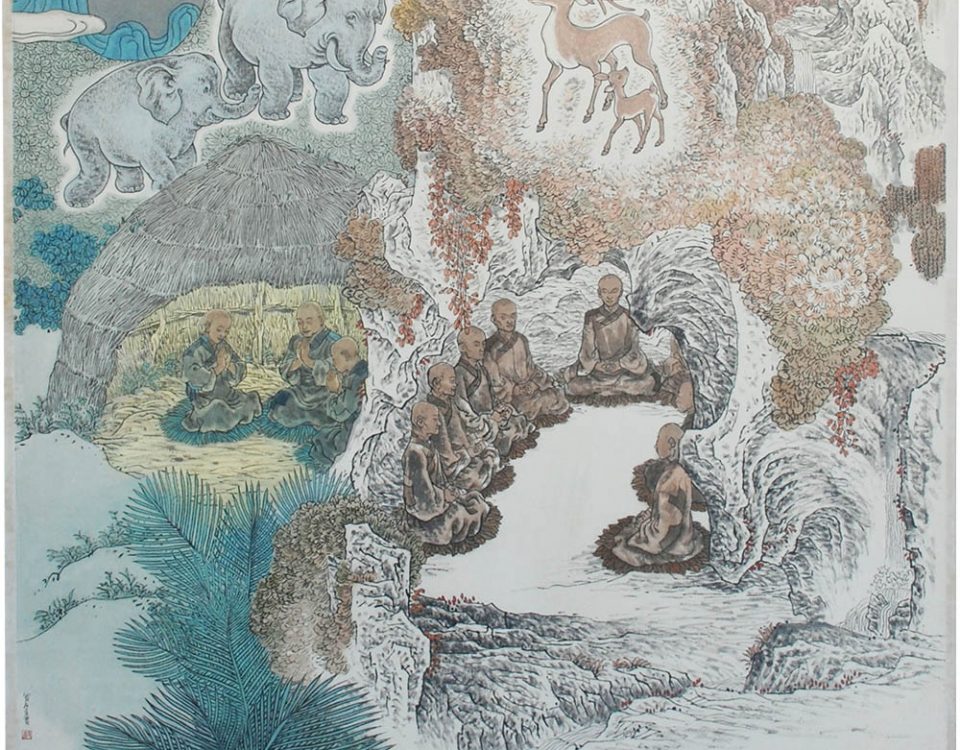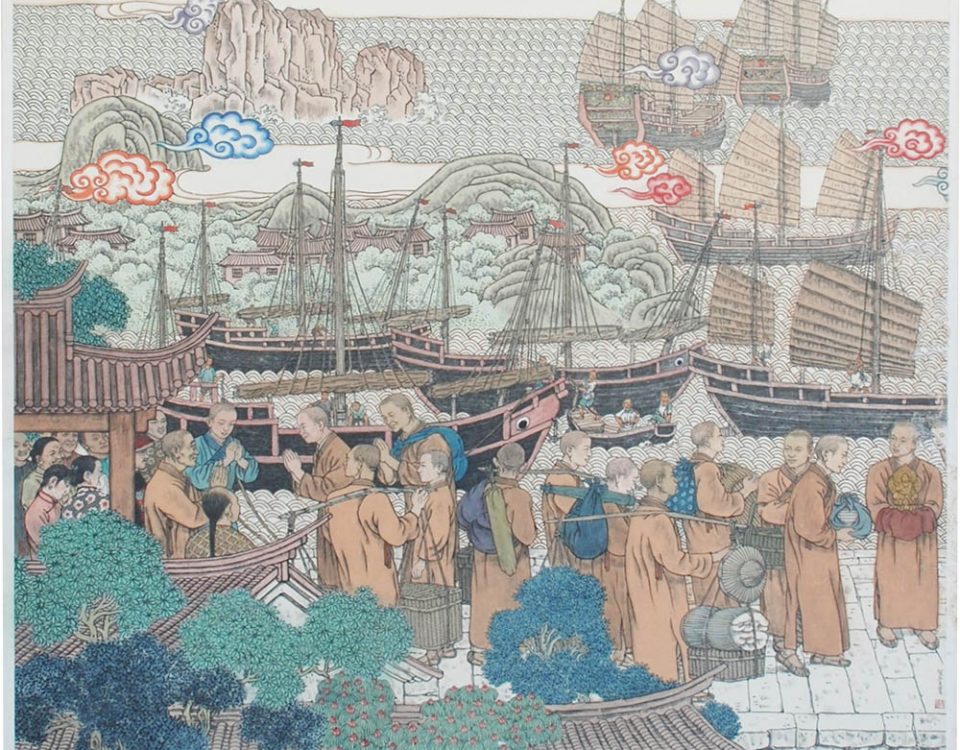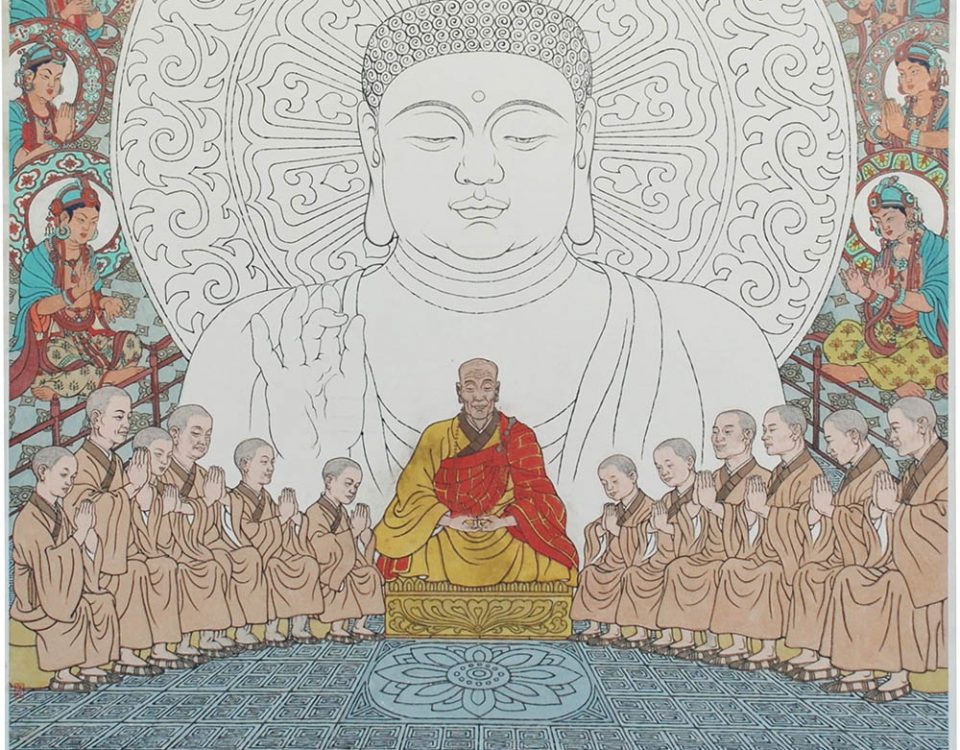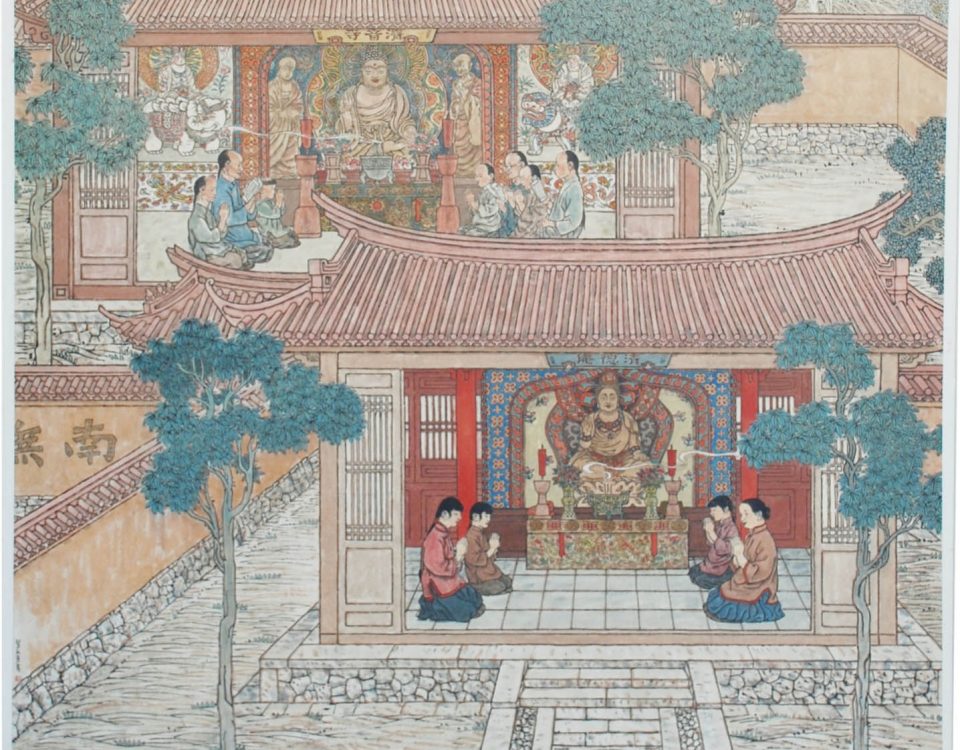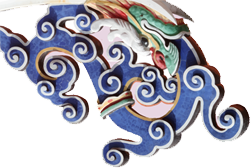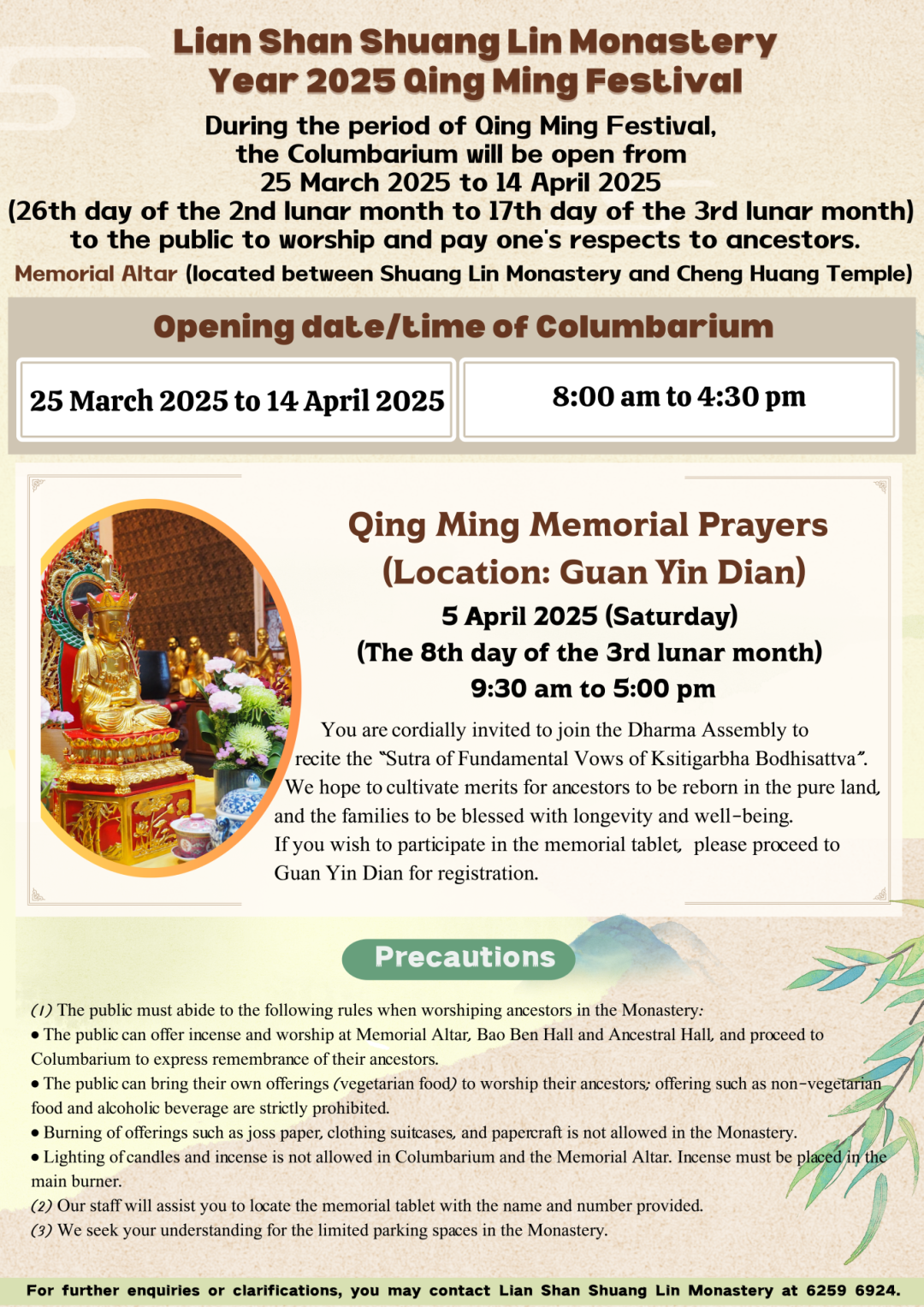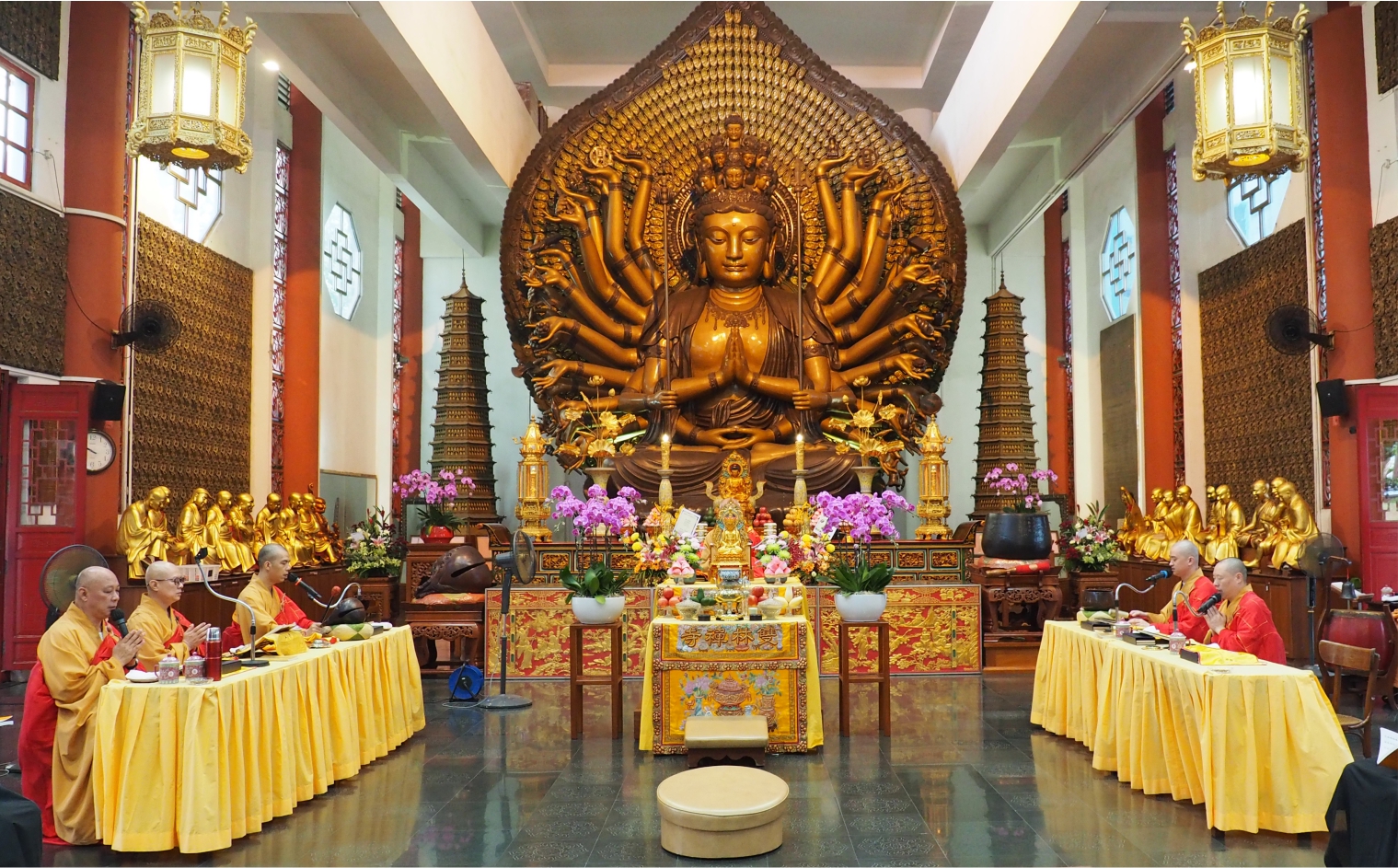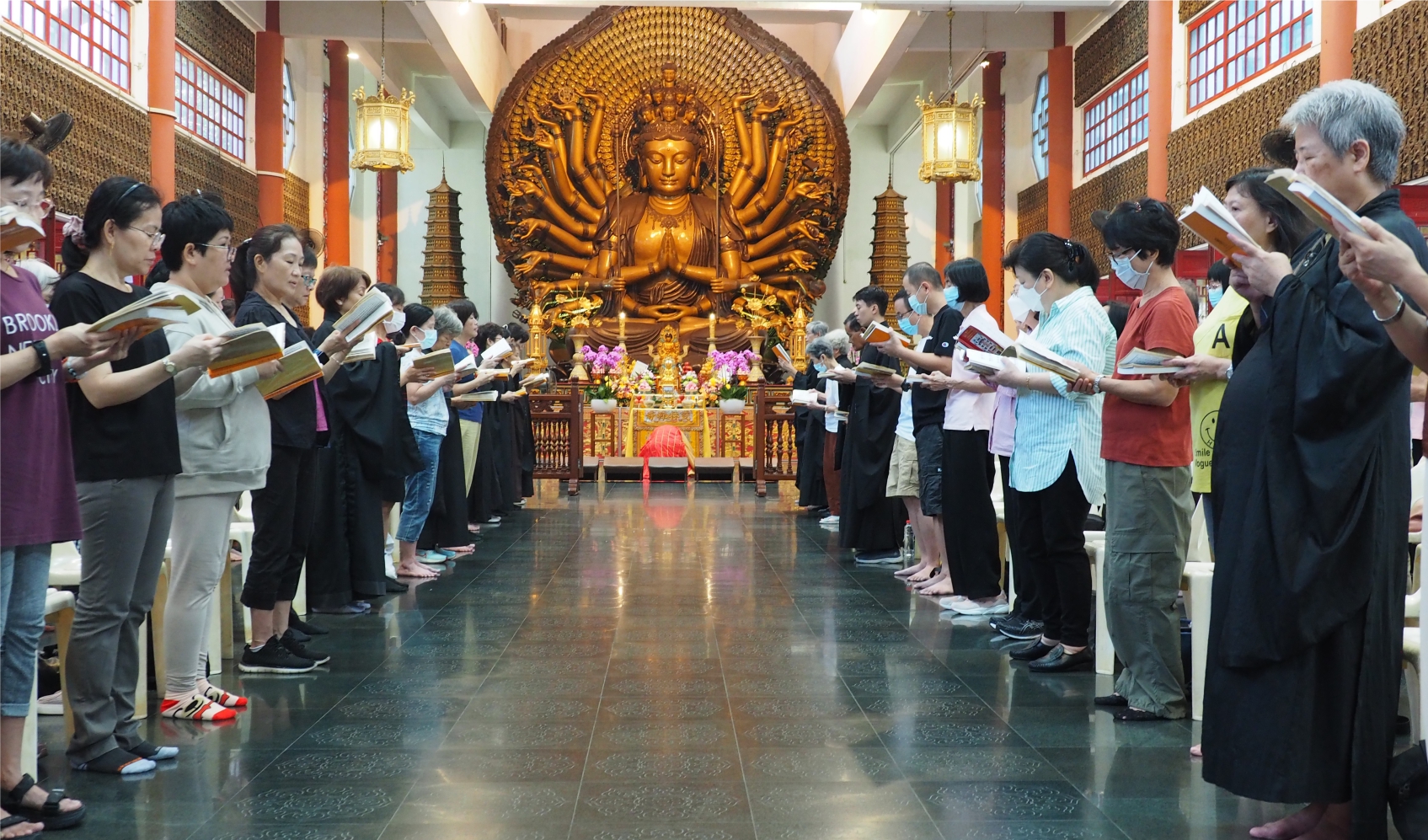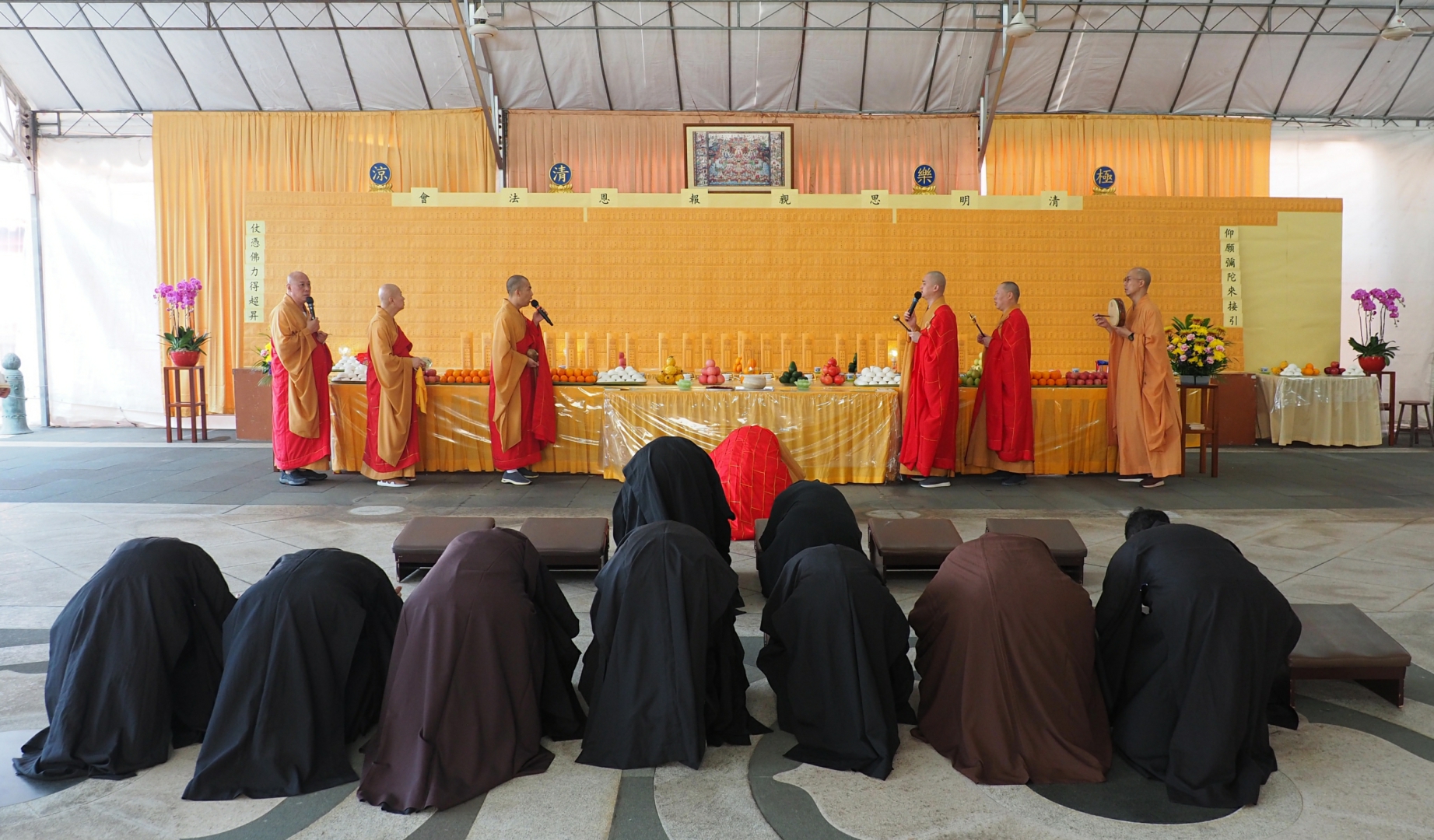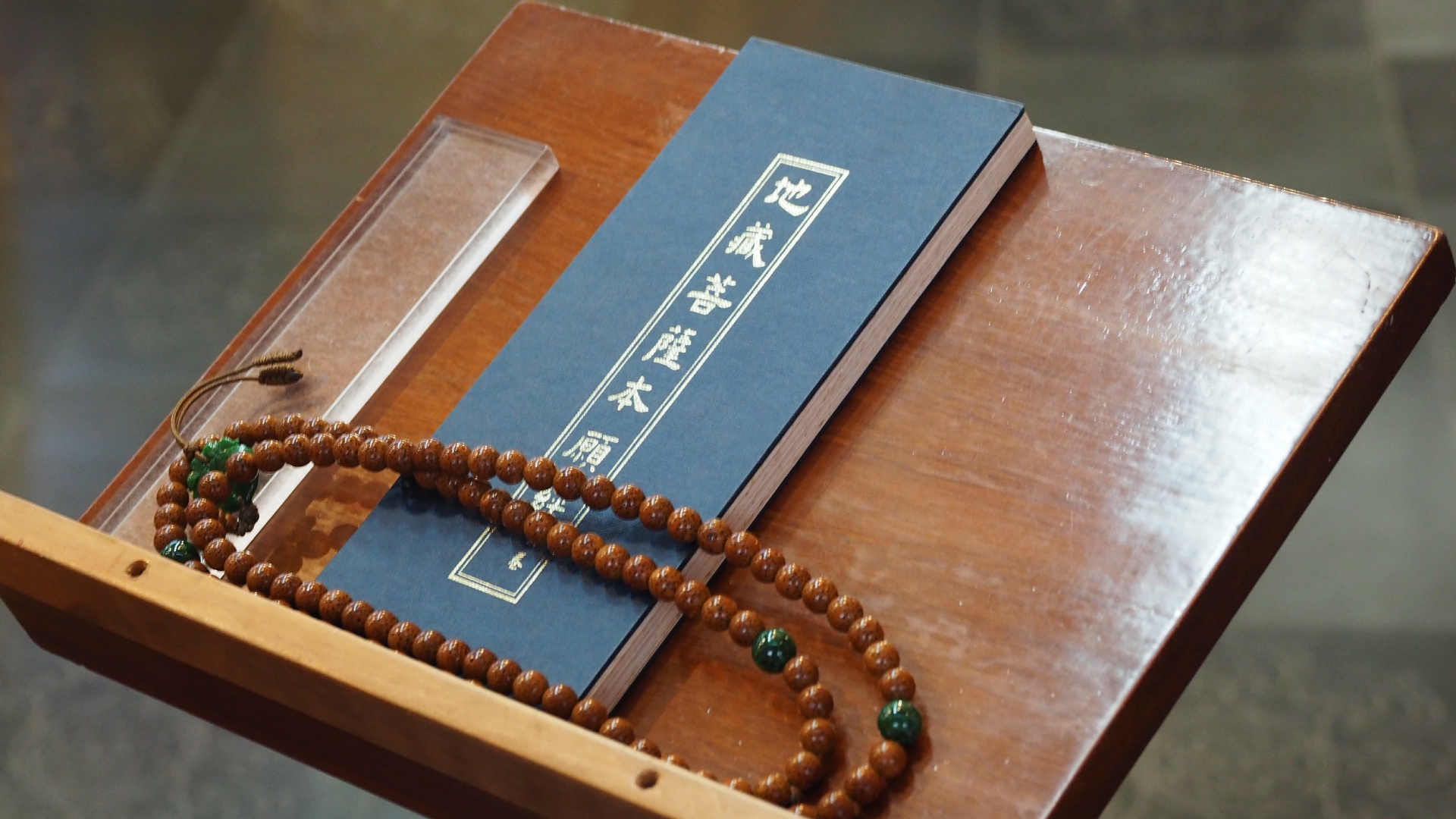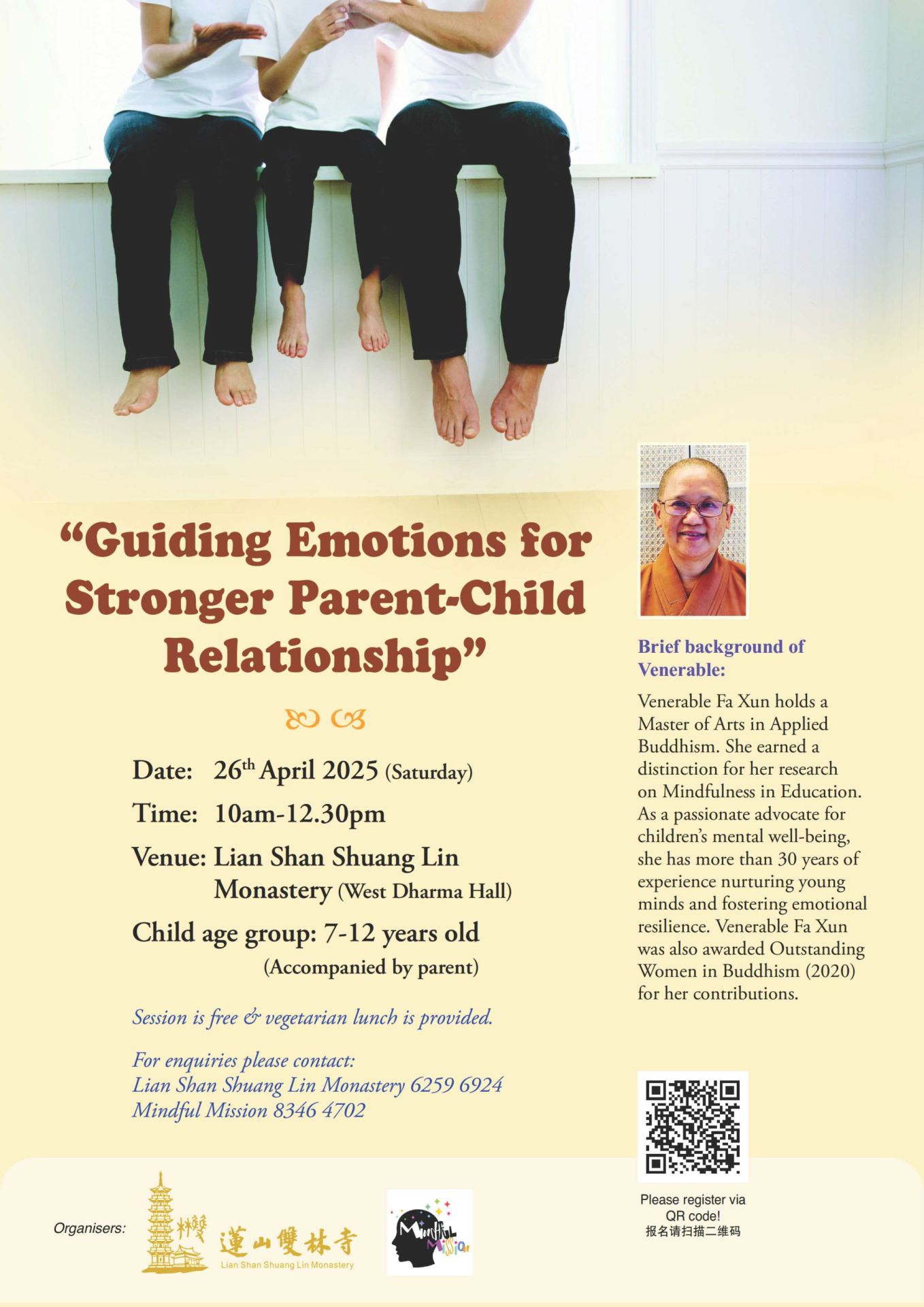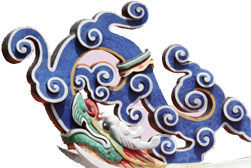betheme/index.php
These buildings are massive art pieces that are highly rich in Chinese traditional architecture character. With a building style based on Chinese traditional construction techniques, Shuang Lin Moanstery has received countless number of visitors and admirers throughout the years. However, the magnificent halls have suffered damages during the World War II and under adverse weather conditions. Even with multiple rounds of restoration, the longevity of Shuang Lin Monastery was hardly guaranteed. In 1991, the Shuang Read More...
However, the realization of this vision was met with another setback, as the second abbot Master Xing Hui passed away the following year (in 1902). Overwhelmed with grief of losing her son, Master Ci Miao (the mother of Master Xian Hui and Master Xing Hui) returned home with other nuns living with her. Before leaving for China, she ordered the erection of a monument where the origin of Lian Shan Shuang Lin Monastery, events concerning Read More...
Mr. Low was a leader of the Chinese Society for the wealthy in Singapore, whose call to action resulted in an active fundraiser which received tremendous response from the Chinese in Singapore, Malaysia and Indonesia. The Chinese immigrants hoped to see a Chinese temple erected in Nanyang (the name of Singapore in those days) that will become a spiritual pillar for the Chinese community. The materials used in the construction were transported from China to Read More...
In 1901, Master Xian Hui passed away. The abbot of Shuang Lin Monastery was deeply respected by the followers in Singapore and the news of his passing was a heavy blow for them, especially when construction had just begun. Faced with uncertainties of the future, it was emotionally difficult for everyone to accept the passing of the abbot. Yet the desire to create a Monastery with a Cong Lin layout outside of China remained as firm Read More...
Early the next morning, Low hurried off to the port to wait for the appearance of this special visit. After a whole day of waiting, a ship finally approached from the west with Master Xian Hui and his family on board. Low was so thrilled that he invited Master over to his house for a vegetarian meal. Afterwards, he offered to donate fifty acres of land for the construction of Lian Shan Shuang Lin Monastery, Read More...
Low Kim Pong, the chief donor of Shuang Lin Monastery was born in a farmer’s family in Nanjing county, Zhangzhou city, Fujian province of China. When he was twenty years old, he left his home to make a living in Singapore. After becoming successful in small business, he opened a Chinese medicine store Chop Ban San, and later Chop Hock Nam that help provide low-interest loan to small businesses. In 1898, while Master Xian Hui Read More...
The Mount Laṅkā in Ceylon was no doubt a place ideal for noble practices. Everyone was happy once they saw the peaceful environment around the mountain. Rapidly they built some cottages near the caves with the monks occupying one and the nuns another. For six years, they strived on untiringly in the path of cultivation. In 1897 Winter, Mr. Gao Wang Bang of Myanmar came and invited Master Xian Hui over to Myanmar for dharma Read More...
After many years of observing pure practices, Master Xian Hui decided to go on a pilgrimage to Buddha’s homeland. In 1892, 12 members of the Xiao family of male and female departed from Xiamen by boat, travelling first to India and then to Sri Lanka. The pilgrimage enabled them to recall significant events involving the Buddha, brought clarity into Buddha’s teachings, practices and liberation. Pilgrimage is a meditation in motion that designed to connect us Read More...
One day, when Master Wei Miao, the abbot of Yi Shan Xi Chan monastery in Fuzhou was passing through Hui’an county, he visited QīngYīn monastery and shockingly saw how the Xiao family conscientiously carried out the Buddha’s practices. Moved by their genuine devotion, Master Wei Miao delivered a sermon that filled the whole family with happiness in the bliss of dharma. Out of respect for Master Wei Miao, the Xiao family held an ordination ceremony Read More...
Master was born into a rich family. Since young, he was a vegetarian, bright and kind. He and his young brother Xing Hui, read extensively after having become spiritually inspired as they grew up. At last, they realize that nothing is better than Buddha’s supramundane teachings of four noble truths, nirvana etc. as everything in this world arise and pass away once the conditions supporting are no longer in existence. With this understanding, they approached Read More...


